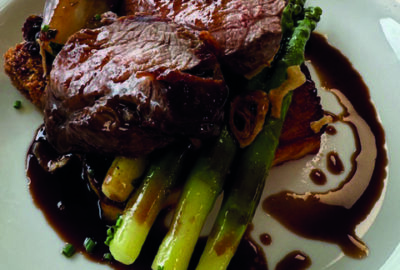By Peter Backman, commentator, analyst and advisor on the foodservice sector
The underlying questions for everyone is ‘when will we return to normal?’ What will normal look like and how can we prepare?
At the moment, we can make assumptions about what we think might happen, but essentially it’s an unknown. However, it’s safe to assume that the foodservice market, and its supply chain, will change from the model we have seen develop.
The focus since lockdown has been survival. The bigger operators have focused on saving cash by furloughing staff as soon as possible, deferring rent and cutting all other costs where possible. And of course, in many cases, smaller operators and independents have been doing this too.
Right now, the only revenue-earning game in town is delivery, click and collect and takeaway. Aside from a handful of exceptions, the bigger players stopped doing anything in the immediate aftermath of lockdown and have only recently started opening up for delivery on a trial basis.
But, many smaller operators and independents have shown the way by pivoting their businesses where possible. Unlike the big brands who are governed by red tape and costs, independents have the opportunity to be flexible. Since lockdown began, some have set up takeaway businesses, created new online channels, turned to selling groceries and in some cases have created home meal kits. Inevitably, there has also been a big focus on delivery, with people restricted to ‘essential’ outings.
Covid-19 has brought communities together and my advice to operators would be to maintain the engagement as we come out the other side. The inability to travel is driving people to rediscover and reconnect with their communities and appreciating what is around them. There’s a feeling of solidarity; people want and choose to buy local and support local businesses. It’s a new or re-discovered attachment that independents have an opportunity to nurture and build on.
An ability to adapt is a solid platform for the future. Already, the foodservice world, as we know it, has changed beyond anything anyone could have predicted. Some of those changes will be reversed and some won’t. But a core requirement for everyone will be to remain agile to create a flexible approach based on efficiency and meeting customer needs.
Emerging from lockdown will, unfortunately, be a challenging and turbulent time for operators. Opening too early comes with the risk that costs will be incurred without enough customers through the door to make any profit or even break even. Opening too late could mean missing out on any immediate increase in business when lockdown restrictions are lifted. And social distancing rules may make the existing business model difficult to sustain. My advice would be to keep a very close eye on what is happening in the local area, stay in touch with customers (to gauge demand) and make sure that finances are in the best shape they can be, under the circumstances.



